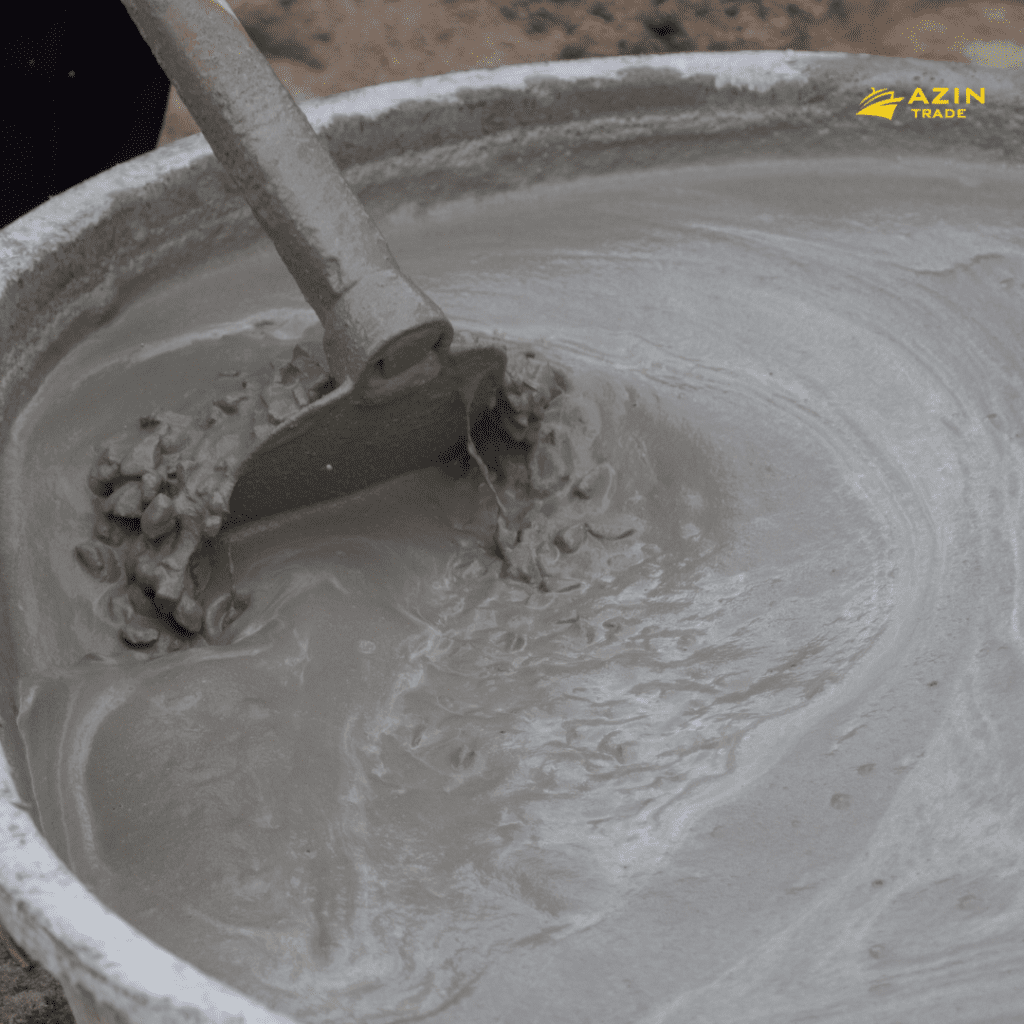
What is the difference between cement plants?
Cement plants can vary significantly in terms of their design, technology, and production capacities. The main differences between cement plants can be categorized into several key aspects:
Technology and Production Process: Different cement plants may employ various technologies and production processes. The two primary types of cement production processes are the dry process and the wet process. Dry process plants typically use raw materials that are ground, mixed, and fed into the kiln in a dry state, while wet process plants use a slurry that is fed into the kiln. Some plants may also use a combination of these processes, known as the semi-dry or semi-wet process.
Capacity: Cement plants can range in size and production capacity. Large cement plants are designed to produce a significant amount of cement each year, while smaller plants may cater to local or regional demand.
Kiln Type: The kiln is a critical component in cement production, and different plants may have different types of kilns. The most common types are rotary kilns and vertical shaft kilns, each with its advantages and disadvantages.
Fuel Source: Cement plants require significant amounts of energy to operate. The fuel source used can vary, with some plants using coal, natural gas, or alternative fuels like waste materials or biomass.
Raw Materials: The type and quality of raw materials used in cement production can also differ between plants. While limestone is the primary source of calcium in most cement plants, the composition of other raw materials, such as clay, shale, or sand, can vary.
Environmental Measures: Cement plants are subject to environmental regulations, and their approaches to environmental management can differ. Some plants may have invested in advanced pollution control technologies and waste heat recovery systems to minimize their environmental impact.
Location: The geographic location of a cement plant can influence its logistics and access to raw materials, affecting overall production costs.
Ownership and Management: Ownership structures, management philosophies, and investment priorities can vary between cement plants, leading to differences in their operations and overall performance.
Product Range: Some cement plants may focus on producing specific types of cement, such as Portland cement, white cement, or specialized cement blends for specific applications.
Integration with Cement Grinding: Some cement plants are integrated with facilities for cement grinding, where the final cement product is produced, while others may only produce clinker, which is then transported to standalone grinding units.



